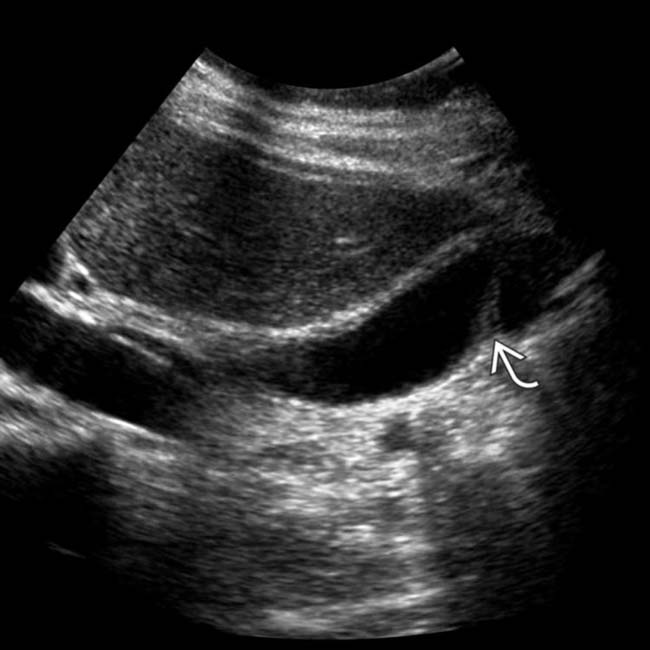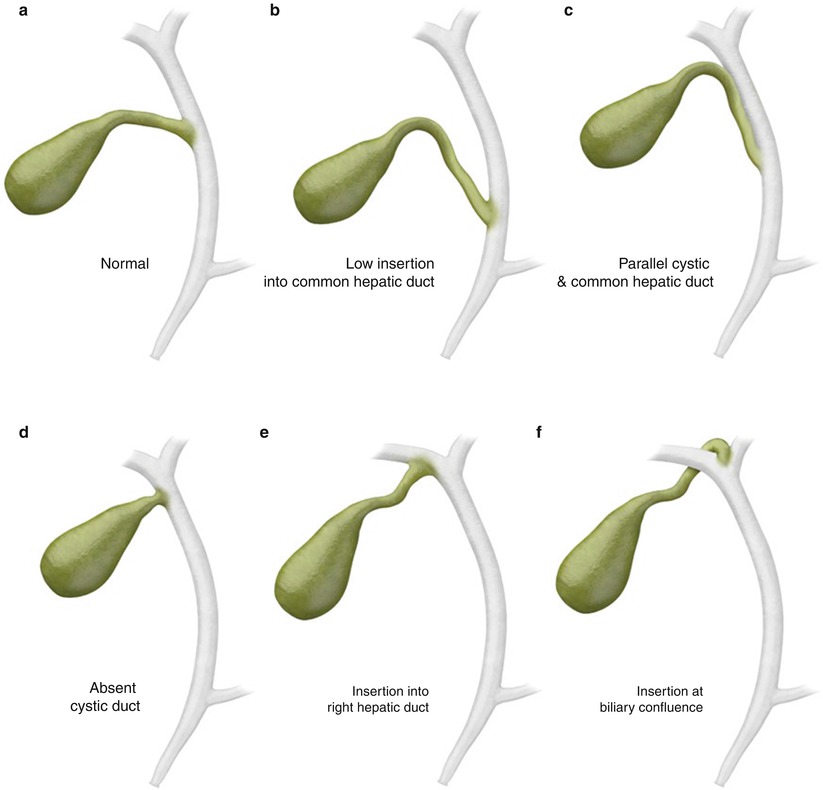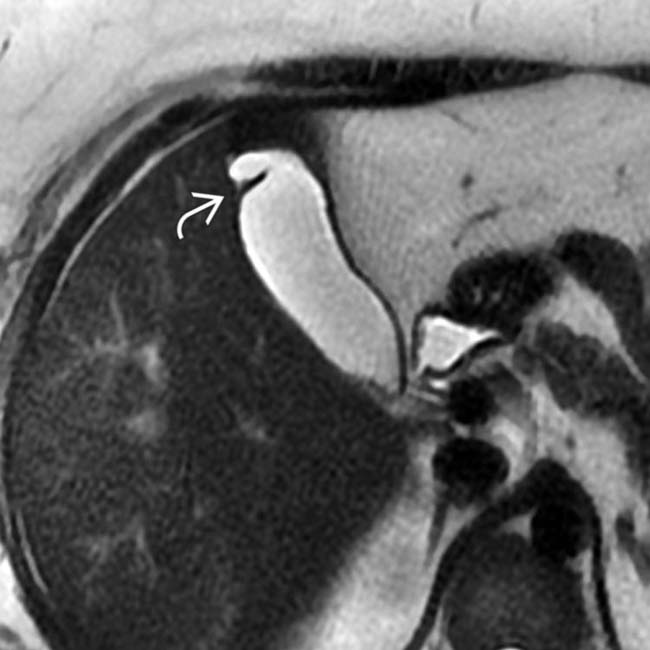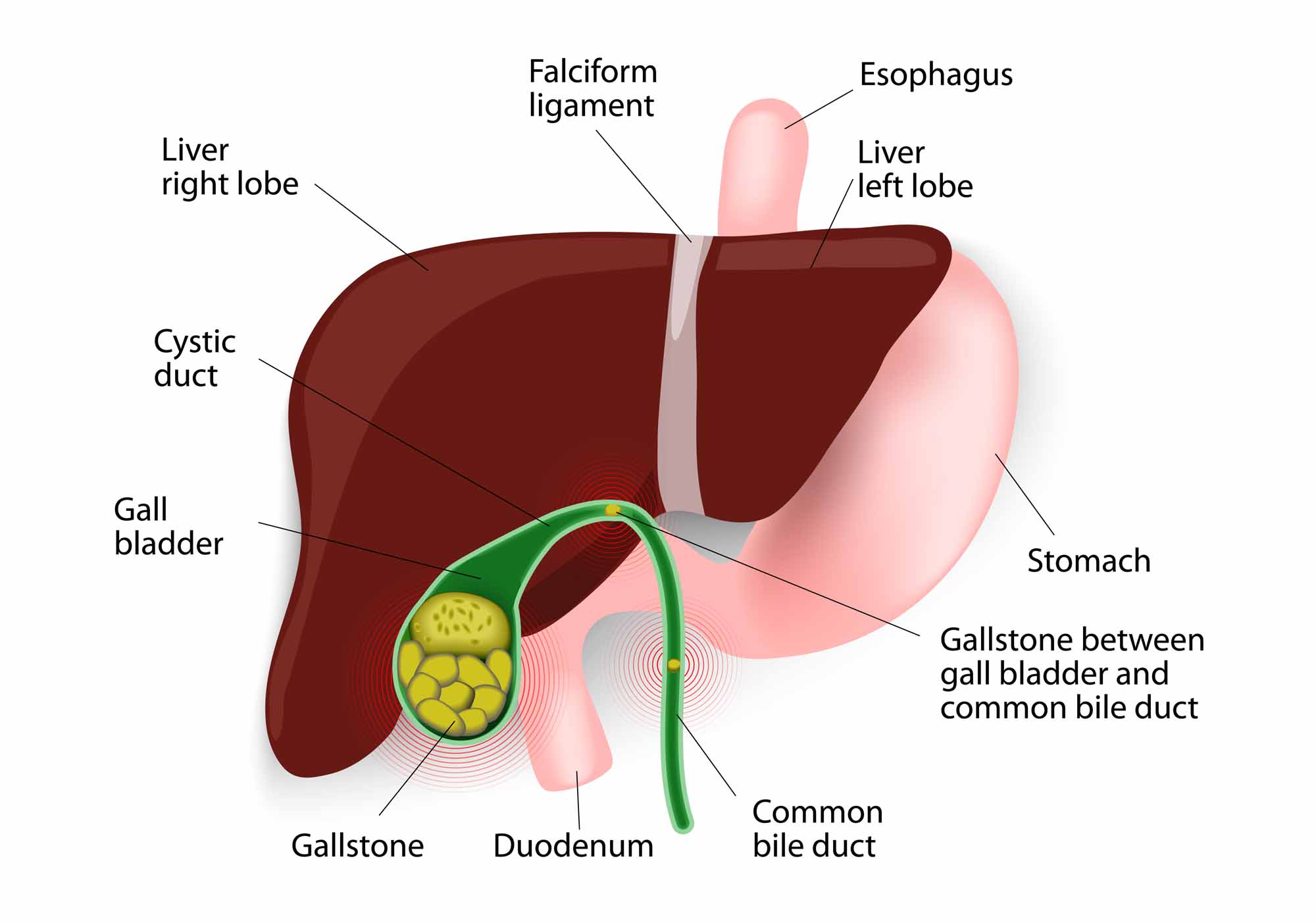
Phrygian cap cholecystitis Surgery
This is called a Phrygian cap and has no pathologic or surgical significance.[1] The gallbladder is a pear-shaped organ located in the right upper quadrant of the abdomen. It measures approximately 7 cm to 10 cm in length and 4 cm in width.

Gallbladder Radiology Key
The most common congenital anomaly of the biliary tract is a folded gallbladder. 1 Boyden described this anomaly as a "Phrygian cap" deformity in 1935 because it resembled a bonnet worn by the ancient Phrygians, 2 who lived in Asia Minor during the 12th century BC. 3 This type of gallbladder is thought to empty at a normal rate and, in contrast.

Congenital Abnormalities of the Gallbladder Radiology Key
A Phrygian cap is a congenital abnormality of the gallbladder [ 4,5] and has an incidence of 4% [ 6 ]. It is the most common congenital anomaly of the gallbladder and can simulate a mass in the liver during hepatobiliary imaging [ 5 ], which may suggest a tumour. It can also simulate a duplication of the gallbladder [ 7 ].

Phrygian cap Gallbladder ultrasound video YouTube
Adenomyomatosis is a benign condition that is pathologically characterized by hyperplasia of the gallbladder wall mucosa and muscularis propria, with pathognomonic epithelial invaginations forming cystic pockets (Rokitansky-Aschoff sinuses). These sinuses may contain calculi or cholesterol crystals.

Rarely the fundus of the gallbladder is folded back (Phrygian cap).... Download Scientific Diagram
What is it? A congenital abnormality of the gallbladder. Incidence: Found in 4% of the population. Appearance on Imaging: Can mimic a liver mass, leading to potential misinterpretation. Pathological Significance: None. It's not a disease or a harmful condition. Symptoms: Typically none.

Phrygian cap of the gallbladder Radiology Case contributed by Dr Bruno Di Muzio Radiopaedia
The normal gallbladder may exhibit folds, including the common and asymptomatic folding of the gallbladder fundus termed a "phrygian cap." Less commonly seen are true septa that can lead to stasis and stone formation. Anomalies in the number of gallbladders— ranging from absent to duplications—are rare but have also been reported [ 1 ]. Fig. 1A.

FongHealth Phrygian Cap Gall Bladder
Anomalies of Gallbladder Shape Phrygian Cap . Phrygian cap is the most common abnormality of gallbladder shape, occurring in 1% to 6% of the population. It is named after the headgear worn by ancient Greek slaves as a sign of liberation. This deformity is characterized by a fold or septum of the gallbladder between the body and fundus.

The Gallbladder Radiology Key
The Phrygian Cap Gallbladder is a congenital abnormality where the fundus, or the top portion of the gallbladder, folds over the body of the organ, forming a cap-like structure. This gives the gallbladder a distinctive appearance, resembling the shape of a Phrygian cap. How it Differs from a Normal Gallbladder Structure

Congenital Abnormalities of the Gallbladder Radiology Key
A Phrygian cap is a congenital anomaly of the gallbladder with an incidence of 4%. It can simulate a mass in the liver during hepatobiliary imaging and is sometimes mistaken for pathology. A Phrygian cap, however, has no pathological significance and normally causes no symptoms.

Softtissue images. “Phrygian cap” gallbladder CJS
In medicine, a Phrygian cap is the folded portion of some gallbladders that resembles the Phrygian cap (a soft conical cap with the top pulled forward, associated in antiquity with the inhabitants of Phrygia, a region of central Anatolia ). It is a normal anatomical variant seen in 1-6% of patients. [1]

Ultrasound and Color Doppler videos Normal Gallbladder variants Phrygian cap
Adenomyomatosis of the gallbladder is a hyperplastic cholecystosis of the gallbladder wall. It is a relatively common and benign cause of diffuse or focal gallbladder wall thickening , most easily seen on ultrasound and MRI. Epidemiology Adenomyomatosis is relatively common, found in ~9% of all cholecystectomy specimens 6.

Phrygian cap Loma Linda Ultrasound
Phrygian cap is the most common congenital variant of gallbladder anatomy, with an incidence of 1-6% [1,2,3].It represents folding of the fundus of the gallbladder upon its body (Fig. 1) and resembles the soft conical cap worn by people of ancient Phrygia (central Turkey) (Fig. 2).Folding of the fundus during embryological development causes a Phrygian cap [].

Gallbladder Surgeon in Katy, TX Dr. Clay Albrecht Dr. Clay Albrecht
A series of five fetuses with a Phrygian cap gallbladder, a condition infrequently reported in the antenatal period, is reported. In all cases, examination of the fetal gallbladder displayed the characteristic folding of the fundus over the body. No associated findings were detected. The gallbladder length was longer than normal in all cases.

Phrygian cap gallbladder Image
The Phrygian Cap Gallbladder is a specific variation or malformation of the gallbladder. To fully understand this condition, it is important to define what exactly a Phrygian Cap Gallbladder is. The term "Phrygian Cap" refers to a distinctive shape that the gallbladder can take on.

PHRYGIAN CAP GALLBLADDER (OCT.2021) Dr.Raad Alsaffar
Phrygian caps are the most common congenital anatomic variant of the gallbladder . It denotes folding of the fundus back upon the gallbladder body and is asymptomatic with no pathological significance. Radiographic findings A Phrygian cap may be identified on ultrasound, multiphase CT/MRI, or cholescintigraphy 3 . Ultrasound

WK 3 GALLBLADDER Hartmann's pouch and Phrygian Cap Abd Ultrasound 100 Mod 2 Pinterest Cap
A phrygian cap gallbladder is a congenital anomaly of the gallbladder with an incidence of 4%. It can simulate a mass in the liver during hepatobiliary imaging and is sometimes mistaken for pathology. A Phrygian cap, however, has no pathological significance and normally causes no symptoms. Thanks for reading The Practicing Endoscopist Newsletter!